Are Lab Grown Diamonds the same as Moissanite and other simulants?
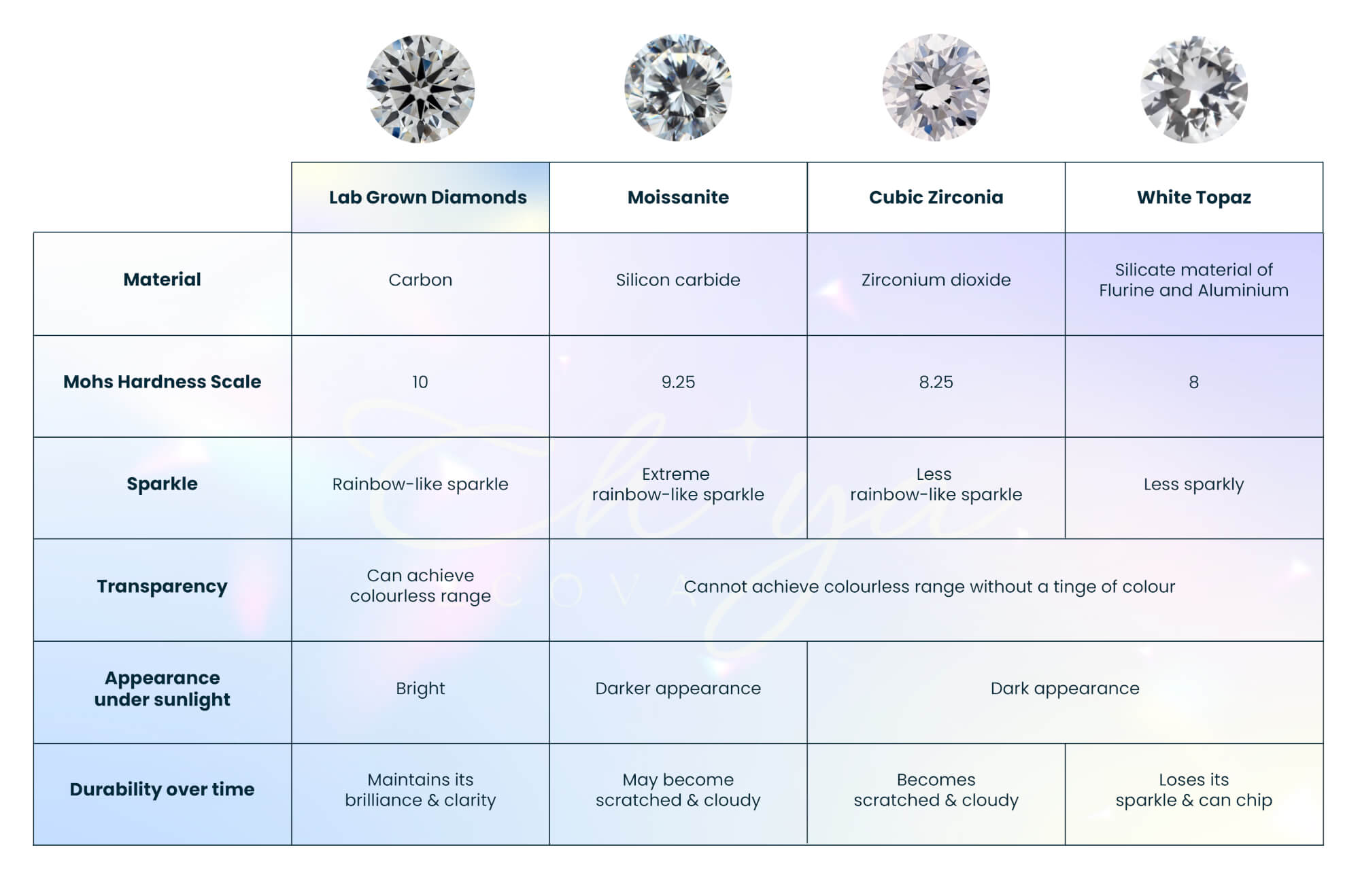
Shown with 4.03 Round, F-color, IF-clarity. Synthetic diamonds can be very difficult to distinguish from real diamonds. Certainly a layman would not be able to tell them apart and even some professionals may be bamboozled. But the difference between the two is that synthetic diamonds are created in a lab, mimicking the process by which natural.
Synthetic Diamonds Vs. Real Diamonds What's The Difference
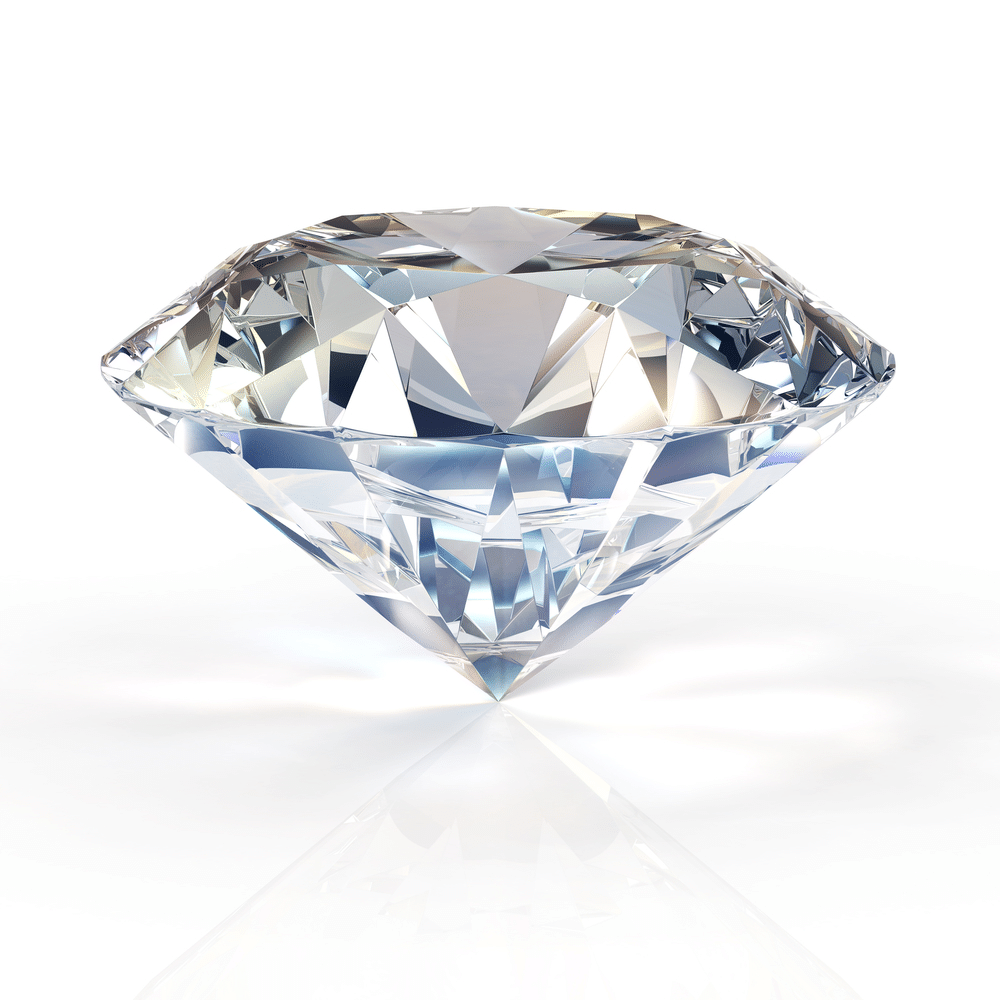
Synthetic diamonds (also known as lab-grown and man-made diamonds) are produced in a laboratory over the course of days or weeks. 2. WORTHY: Can you tell the difference between a man-made, lab grown diamond and a real natural diamond? GIA: GIA can identify all known synthetic diamonds on the market today. The Institute has been researching.
How LabGrown Diamonds are helping the World? Mintly
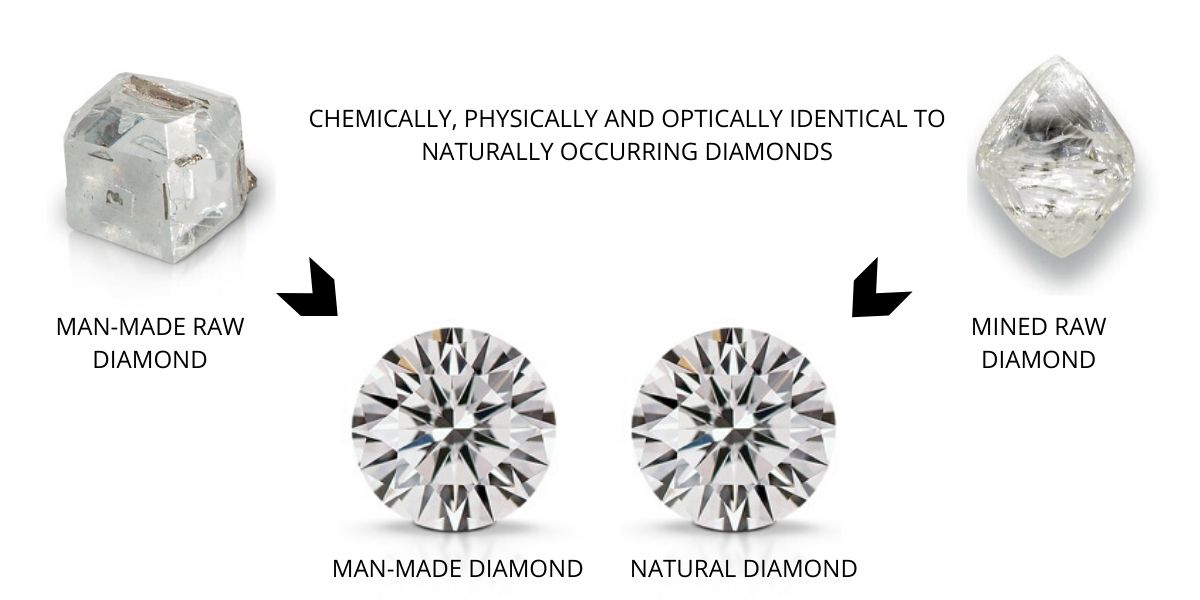
Synthetic diamonds are not imitations. They are real diamonds. Synthetic diamonds are also man-made and have the same properties as natural diamonds. Synthetic diamonds are real diamonds. But the price difference between lab-grown and natural diamonds can be considerable. You cannot spot a synthetic diamond by looking at it through a loupe.
Real Vs. Fake 12 Ways To Test Your Diamond in 2022 Diamond, Diamond earing, Gem diamonds

Aside from the obvious question of price, the simulated diamond vs real debate also poses the questions of quality and durability. Both synthetic and real diamonds are available on the market. While the Federal Trade Commission has ruled that the sale of synthetic stones is unfair, they persist on the Internet.
Real vs lab grown diamonds Can you tell the difference? ABC13 Houston

Synthetic diamond. Lab-grown diamonds of various colors grown by the high-pressure-and-temperature technique. Lab-grown diamond ( LGD; [1] also called laboratory-grown, laboratory-created, man-made, artisan-created, artificial, synthetic, or cultured diamond) is diamond that is produced in a controlled technological process (in contrast to.
A comprehensive guide Synthetic diamonds vs. real diamonds
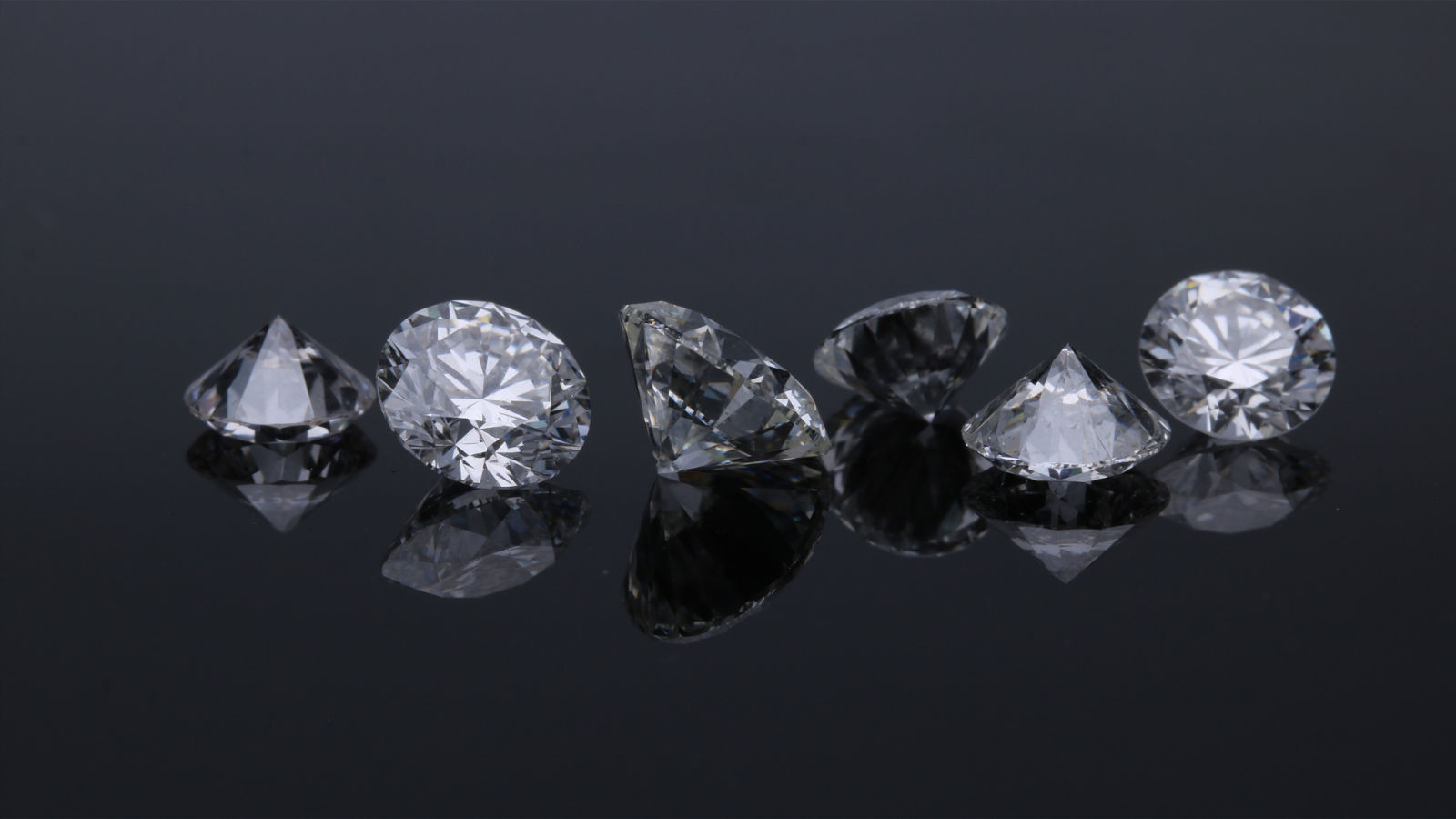
One, however, is a billion or more years old and the other was recently grown in a laboratory. Both are diamonds, of course. The first is a natural diamond created by forces deep within the young Earth. The second is from a laboratory and possesses essentially the same chemical, physical and optical properties as its natural counterpart.
Detailed Difference between Synthetic and Mined Diamonds [Updated]

And lab-made diamonds are becoming more popular in recent years. De Beers, renowned for its diamonds, is leaning into lab-made diamonds with a new factory recently opened in Oregon that will be able to produce in a year 200,000 carats of polished diamonds, which would make 400,000 pieces of diamond jewelry (via Observer). De Beers isn't the.
Difference Between Clarity Enhanced and Lab Created diamonds

Lab-grown diamonds look identical to a natural diamond. They have the same properties as natural diamonds, the only difference is that they are grown in a lab, whereas natural diamonds are formed in the earth. Synthetic diamonds are alternatives to natural and lab grown diamonds. Common ones can include spinel, and cubic zirconia.
How To Tell If A Diamond Is Real Or Fake (3 SIMPLE WAYS!) YouTube

To test if a diamond is real using heat, grab a drinking glass and fill it with cold water. Use a set of plyers or fireproof gloves to hold the stone. Heat the stone with a lighter for approximately 40 seconds, then drop the stone directly into the cold water. If the stone shatters, it is made of weaker components and is not a real diamond.
The Best Diamond Simulants Diamond Buzz

Are synthetic diamonds as good as the real thing? In this follow-up video, diamantaire Josh Fishman explains why synthetic diamonds can't match natural diamo.
Know The Difference Between Real Diamonds Vs. Fake Diamonds

Are they real diamonds? Man-made diamonds have been produced for industrial purposes since the 1950s and are used in a wide variety of applications: telecommunications, laser optics, healthcare and more. In 1970, researchers at General Electric created the first, small, gem-quality synthetic diamonds that could be faceted as gems.
Radiant Cut Ring Comparison Natural VS Lab Grown Diamond Jewelry World

While natural diamonds formed millions to billions of years ago beneath the earth's surface, synthetic diamonds are grown in a matter of days or weeks in modern-day labs. The two major processes are HPHT and CVD. 1. High Pressure, High Temperature (HPHT): With the HPHT method, synthetic diamonds are produced in laboratories through equipment.
Simulated Diamond vs Lab Created Diamonds How To Differentiate the Both of Them?
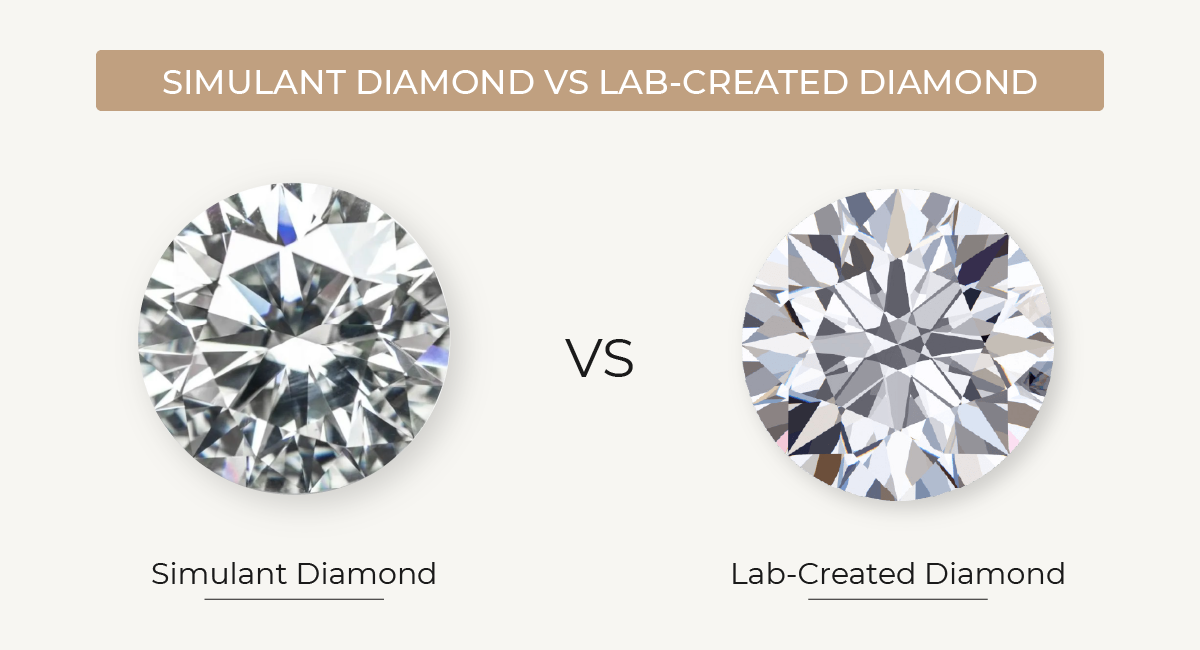
Technically, a synthetic diamond is one that is created by artificial, rather than geological, means. The term "synthetic" encompasses many other terms related to diamonds including "man-made," "lab-created," "laboratory-grown," "cultured diamond," and "cultivated diamond.". These diamonds, like natural diamonds, are.
Lab Created Diamonds VS Real Diamonds Should I Propose To My Partner With A Synthetic Diamond Ring?
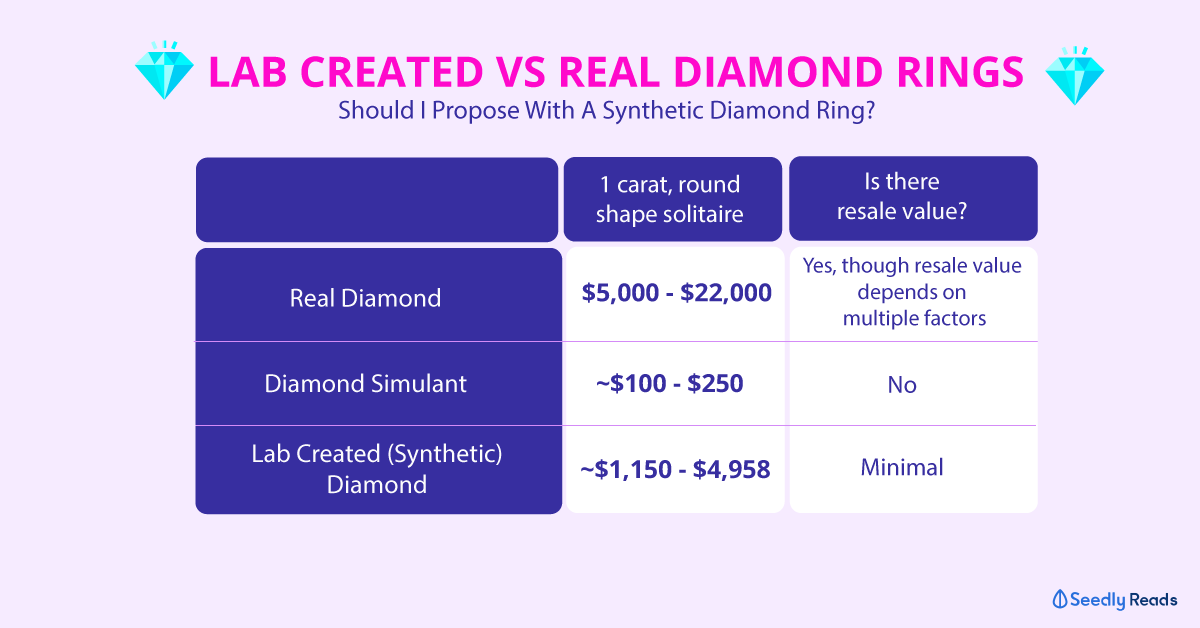
Natural diamonds contain trace amounts of nitrogen, while synthetic diamonds are nitrogen-free. The journey of a natural diamond begins deep beneath the earth's crust, where immense pressure over millions of years moulds them. Mined, cut, and polished, they emerge as timeless treasures. In contrast, lab-grown diamonds undergo a meticulously.
INCLUSIONS A DEEP LOOK INSIDE NATURAL AND LAB GROWN DIAMOND CHARACTERISTICS GSI Gemological

An obvious difference in genuine and synthetic diamonds are how they are produced. Synthetic diamonds are grown in a lab. A genuine diamond lives in the earth's mantle for thousands of years under extreme pressure and heat, slowly making its' way closer to the earth's surface to be mined. The process for mining diamonds is very long and.
How to Know If You Have A Fake or Real Diamond. YouTube

Real diamonds are made deep in the earth's surface where the pressure is so immense that pure carbon is subjected to ultra-high pressure and temperatures over billions of years. Diamonds can only be formed in the 'diamond stability' zone. These zones are estimated to hold temperatures of between 2,000-2,200 degrees Fahrenheit.